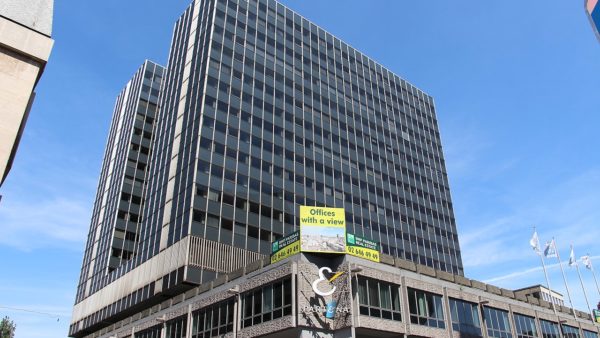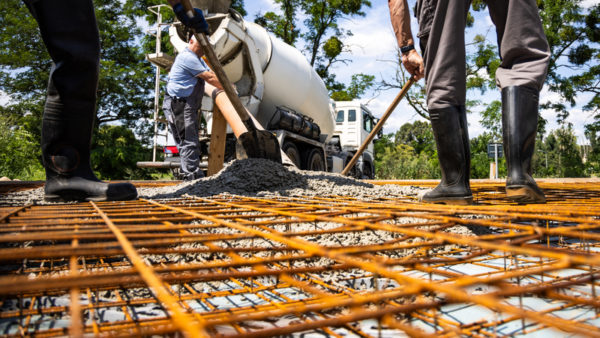China’s bold infrastructure development may be the envy of politicians the world over, but more than half of its investments in roads and other infrastructure in the last 30 years have destroyed, not generated, economic value, a new study claims.
Infrastructure cost overruns have equalled approximately one-third of China’s $28.2 trillion debt– Dr. Atif Ansar, Saïd Business School
Contrary to popular perception, too many schemes overshoot their budgets and underperform on their intended benefits, leading to high debt and volatility in financial markets, says the study from Saïd Business School, University of Oxford.
Released yesterday, the study – authored by Atif Ansar, Bent Flyvbjerg, Alexander Budzier and Daniel Lunn – is based on an analysis of 95 large Chinese road and rail transport projects and 806 transport projects built in rich democracies, the largest dataset of its kind.
“From our sample, the evidence suggests that for over half of the infrastructure investments in China made in the last three decades the costs are larger than the benefits they generate, which means the projects destroy economic value instead of generating it,” said Dr Atif Ansar, co-author of the study.
“Unless China shifts to fewer and higher-quality infrastructure investments the country is headed for an infrastructure-led national financial and economic crisis, which is likely to spread to the international economy,” he adds.
The study, published in the Autumn Issue of The Oxford Review of Economic Policy, dispels the conventional wisdom that China has a distinct advantage over other countries in the delivery of large-scale infrastructure projects.
It found that:
- Actual infrastructure construction costs in China are on average 30.6% higher than estimated costs – a level consistent with global trends.
- 75% of transport projects in China suffered a cost overrun.
- Traffic use of major road projects in China represent two extremes – two thirds of roads have low use (average shortfall of 41.2%), whilst one third are congested with an average traffic surplus of 61.4%; both extremes hamper economic growth.
- Road and rail projects in China took 4.3 years on average to build, compared to 6.9 years in rich democracies. However, a growing importance on issues such as cost, safety and the environment is lengthening construction schedules in China.
The pattern of cost overruns and benefit shortfalls in China’s infrastructure investments is linked with the country’s growing debt problem.
“Our estimate is that infrastructure cost overruns have equalled approximately one-third of China’s $28.2 trillion debt. The investment boom in projects with poor outcomes has created harmful macroeconomic consequences, with China being the most indebted of 25 emerging markets,” said Ansar.
The study concludes that a massive infrastructure investment programme is not a viable development strategy for other developing countries such as Pakistan, Nigeria or Brazil, who may look to China as a model for economic development.
“It is a myth that China grew thanks largely to heavy infrastructure investment,” said Dr Ansar. “It grew due to bold economic liberalisation and institutional reforms, and this growth is now threatened by overinvestment in low-grade infrastructure.”
He said policy makers should focus instead on software and “orgware” – a fashionable term for institutional capacity building – and not divert scarce resources to large-scale infrastructure projects.
Image: A brand new motorway in China (China Communications Construction Company Ltd)
Comments
Comments are closed.











This phenomenon is quite an interesting insight on the perception that economic development is positively correlated to massive infrastructure development. It is indeed a lesson for third world countries that look up to China more especially countries like Nigeria and Pakistan. Where imports of low-grade Technology /infrastructure from China is the norm.
good.
Surely it is to varying degrees a very serious problem for most cities world wide! Their economic growth is being hindered by the ever increasing time it takes simply getting to work and back! All kinds of innovative solutions are being conceived , built and tested to try and find the very best of viable solutions to this world wide problem! Given some remarkable and varied advances already made I think there is cause to be optimistic in this matter!